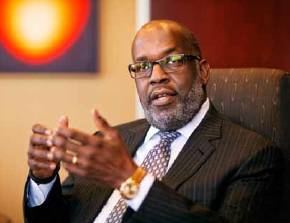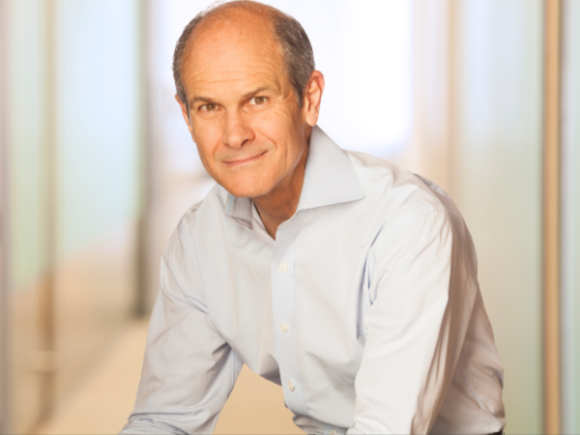Aug 6, 2014
A Health Care Model That’s Working
CEO Bernard J. Tyson EXPLAINS WHY KAISER PERMANENTE LOOKS
STRONG IN A FAST-CHANGING INDUSTRY. By Geoff Colvin

Bernard J. Tyson runs Kaiser Permanente, a giant, integrated health care system that combines an insurance company, hospitals, clinics, pharmacies, and salaried doctors. That unusual structure looks a lot like an accountable-care organization as envisioned in the Affordable Care Act, and it has made KP a focus of intense interest as change roils the industry. Tyson, 55, talked recently with Fortune about the upside of industry consolidation, why he wears a fitness wristband, and much else. Edited excerpts:
We’re seeing a lot of consolidation in the industry— hospitals combining, buying physician practices. Some argue that this is creating local monopolies that may charge higher prices. What’s actually happening?
We may very well have some of that going on across the country. I don’t think it’s a problem, especially at this stage. Health care is a very fragmented industry, and there’s no question in my mind that consolidation, done in the right way, is a very good thing. Kaiser Permanente is a fully integrated delivery system, so I understand how a better-integrated system with the right financial incentives creates a different kind of behavior.
How do you incentivize all those people in the disparate Kaiser Permanente system to act together in the interests of the patient?
First and foremost, the people who work at Kaiser Permanente have signed up for the mission of the organization—that we’re here to provide high-quality, affordable care. People get that across our organization. We have almost 200,000 people who come to work every day, and about 19,000 are physicians. The second thing is that the incentives are aligned in the same direction. A physician is not doing a tradeoff decision of, “If I put the patient in a hospital, how does that affect my outpatient practice?” The physician owns the health care dollar, so he or she is making the right choices for our patients and isn’t incented or disincented to pick one venue over the other.
Most of the health care spending in the U.S. is for so-called lifestyle diseases such as diabetes and heart disease, which can be prevented if people change their behaviors. What are the prospects for actually getting people to do that?
I’m optimistic as we continue to educate the American people on behaviors — healthy eating, active living—and continue to take advantage of technology. I’m wearing a piece of it today [indicating a Jawbone Up wristband]. It’s all getting people more engaged and more involved in their health. I get asked all the time whether I think this device really works. My answer is yes. I think about walking 10,000 steps a day, right? That’s a good thing.
In medical research, where is the greatest promise for progress and discoveries that will improve people’s lives and save money?
One is technology allowing us to do different kinds of less invasive procedures. That’s pretty exciting— robotic surgeries, things that everyone in the industry is taking a hard look at. Probably the most promising and one of the most challenging areas is around specialty drugs. We’re dealing with one right now, a drug for hepatitis C—we have the possibility of this drug [Sovaldi from Gilead Sciences] actually curing something, and that’s pretty exciting. The challenge is the price of the drug. By all of our collective calculations, you can’t explain the $84,000 cost of a course of treatment. That’s the opportunity and the challenge.
Speaker
Tags

 Geoff Colvin
Geoff Colvin